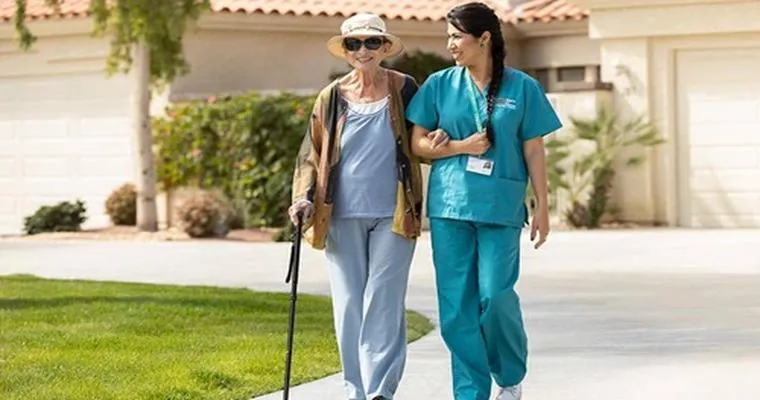As our loved ones age, many face challenges such as "low vision", which can significantly impact their daily lives. Making life easier and safer for seniors with low vision involves understanding their unique needs and implementing practical solutions. In this article, we will explore various strategies and tools designed to enhance the "quality of life" for seniors, enabling them to maintain independence and safety at home.
Understand the Challenges of Low Vision
Low vision can stem from various conditions, including macular degeneration, glaucoma, or diabetic retinopathy. Seniors who experience these issues may struggle with tasks such as reading, recognizing faces, or navigating their environments. Understanding these challenges is the first step in creating a supportive living space that caters to their needs.
Optimize Home Environment
1. "Increase Lighting": Proper lighting is crucial for seniors with low vision. Utilize "bright, adjustable lighting" in key areas of the home, such as the kitchen, living room, and bathroom. Consider installing "LED lights" that mimic daylight, as they can enhance visibility without causing glare.
2. "Declutter Spaces": A clutter-free environment reduces the risk of accidents. Encourage seniors to keep their living spaces organized by removing unnecessary items and ensuring that essential objects are within easy reach.
3. "Use Contrasting Colors": High-contrast color schemes can help seniors distinguish between different surfaces and objects. For example, using dark mats on light-colored floors can help prevent trips and falls.
4. "Install Handrails and Grab Bars": Safety measures such as "handrails" along staircases and "grab bars" in bathrooms can provide essential support for seniors as they navigate their homes.
Assistive Devices and Technology
1. "Magnifying Tools": "Magnifying glasses" or electronic magnifiers can aid seniors in reading fine print or viewing small details.
2. "Text-to-Speech Devices": Devices that convert text to speech can be particularly helpful for seniors who struggle with reading. These tools can read aloud books, labels, and other important documents.
3. "Smart Home Technology": Implementing smart home devices, such as voice-activated assistants, can simplify daily tasks. Seniors can control lights, thermostats, and even appliances without needing to see small buttons or screens.
4. "Wearable Technology": Wearable devices that provide alerts for falls or emergencies can enhance safety for seniors living alone. These devices can alert caregivers or emergency services when assistance is needed.
Community Support and Resources
1. "Vision Rehabilitation Services": Many communities offer vision rehabilitation programs that teach seniors how to adapt to low vision. These programs often include training on using assistive devices and adapting daily activities.
2. "Support Groups": Connecting with others facing similar challenges can provide emotional support. Encourage seniors to join local or online support groups for individuals with low vision.
3. "Family Involvement": Family members can play a crucial role in assisting seniors with low vision. Regular check-ins, helping with tasks, or simply providing companionship can make a significant difference in their well-being.
Conclusion
Making life easier and safer for seniors with low vision requires a multifaceted approach that encompasses home modifications, assistive technologies, and community support. By understanding their unique challenges and implementing practical solutions, we can help enhance their "independence" and "quality of life". Ensuring that seniors feel safe and supported allows them to thrive in their golden years, ultimately leading to a richer and more fulfilling life.





